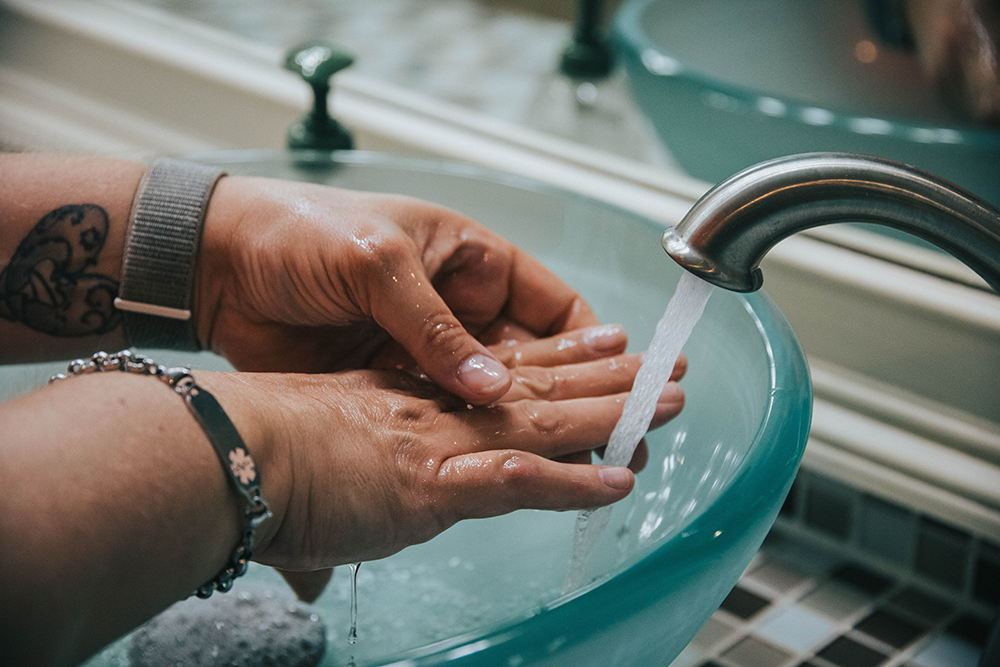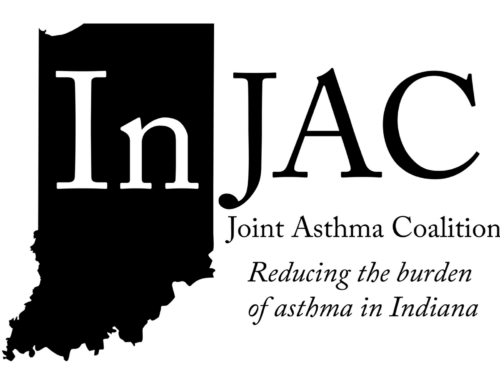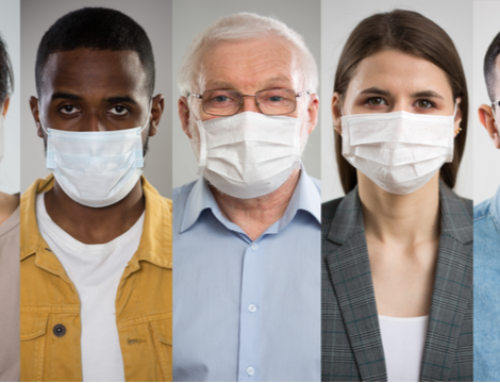COVID Explained
Photo source: @jasonjarr, unsplash.com
A team of researchers and students around the country came together to collect resources that they believe make COVID-19 more easily understandable.
Are you looking for the National COVID-19 School Response Dashboard? Good news! It has arrived!
We’re moving into the fall and while it’s clear that school is going to look very different this year, the uncertainty from COVID-19 persists. Parents are faced with making decisions about school and daycare for their children and this is not an easy task. To help, COVID Explained’s Emily Oster has partnered with Maven, the leading women’s and family digital health company, to create a free, evidence-based tool that helps parents decide whether to send their children out of the home to school or daycare, or keep them at home for virtual learning.
When it comes to viral infections — especially respiratory infections — kids tend to be a high risk group. In seasonal flu, for example, the most high risk groups are the elderly, immunocompromised people, and children. It’s heartbreaking to say, but in the 2019-2020 flu season, 170 children were reported to have died of influenza (the virus that causes the seasonal flu).
Given this general sensitivity of children to respiratory viral infection, it’s not surprising that there was a lot of initial worry about children and COVID-19. This worry goes beyond the question of whether kids get sick with COVID-19; it extends to the question of whether kids can also spread COVID-19. This second question is increasingly important as we think school reopening.
We all probably understand the “basics” of COVID-19. It’s an illness that often acts kind of like a cold, or the flu, although sometimes with unusual symptoms (loss of sense of smell?!). If you get it you may get sick, possibly very sick, although the vast majority of infections are very mild or produce no symptoms (asymptomatic). But this basic understanding neglects a lot of details. This explainer will walk through the path of SARS-CoV-2, the scientific name of the virus that causes COVID-19 (the name of the disease), infection from exposure (when the person gets in contact with the virus) to the end of the infection. We’ll try to be clear on what we know, and what we don’t, and where we hope to learn more.
On April 3rd, the Center for Disease Control (CDC) recommended that all Americans wear cloth face coverings and subsequently followed up with more information regarding face coverings.
In this explainer, let’s break down why face coverings are needed, the differences between the various types of masks, and how to keep your masks clean.
Let’s start with the question of why someone working at a grocery store checkout should wear gloves. Imagine they were not. A customer with COVID-19 comes in, touches all their groceries, then the checkout person touches them. Virus particles could transfer. Then they touch the groceries of the next person; another transfer. These all represent possible infections, so this is a way we’d see virus spread.
There are two basic testing questions in COVID-19: how do we test for active infection (i.e. if someone is sick now) and how do we test for whether someone has had the virus in the past. We talk through both in the Testing Explainer. Until now, the primary approach for testing for active infection has been through PCR tests – a nasal swab is used, and a PCR procedure is used to amplify the virus.
To view the full list of resources, go to explaincovid.org.




